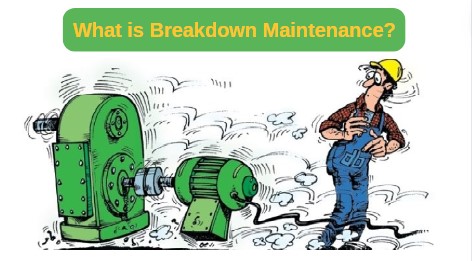
What is Breakdown Maintenance?
Pratik Lohiya |
28 Feb 2024 |
07:41 AM
- Definition of Breakdown Maintenance
- Understanding Breakdown Maintenance
- Planned vs. Unplanned Breakdown Maintenance
- Types of Breakdown Maintenance
- How Common is Breakdown Maintenance?
- The Role of CMMS Software
- How Can CMMS Software Help with Breakdown Maintenance?
- Effective Breakdown Maintenance strategy
- Improving Maintenance Strategy Effectiveness
- Conclusion
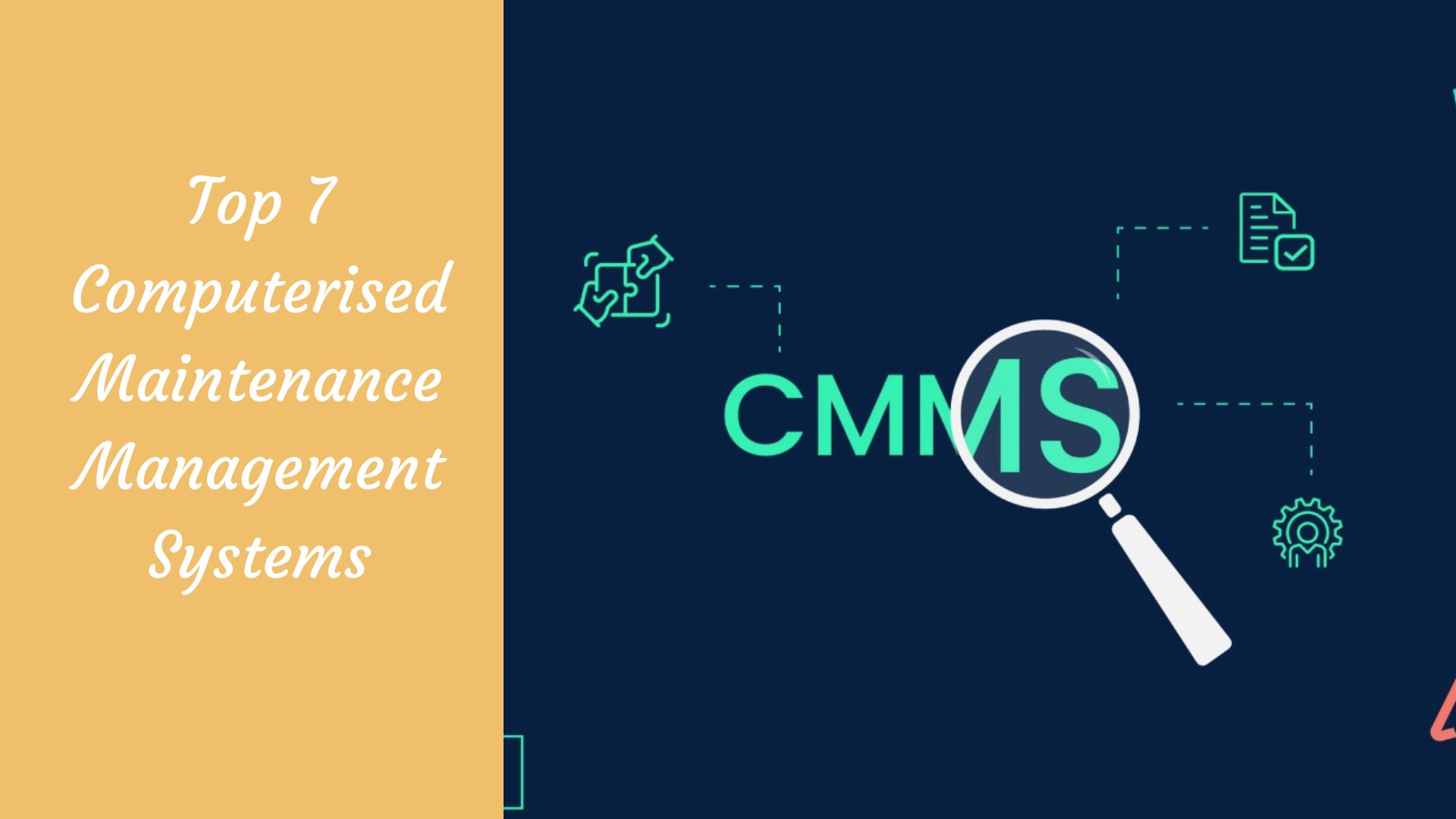
Top 7 + Computerised Maintenance Management Systems
Kirti Prakash 19 Jun 2024 | 05:33 AMExplore the best construction software designed to streamline project management, enhance efficiency, and ensure quality control. Discover tools that offer solutions for every aspect of construction, from planning and design to execution and inspectio...
Definition of Breakdown Maintenance
Unlike preventive maintenance strategies that adhere to scheduled checks, breakdown maintenance intervenes only when equipment fails, requiring immediate attention.
Importance of Addressing Equipment Failures
The significance of this maintenance methodology lies in its role in minimizing downtime and ensuring uninterrupted business operations. By swiftly responding to equipment malfunctions, organizations can mitigate potential losses and maintain productivity levels.
Understanding Breakdown Maintenance
What is Breakdown Maintenance?
Breakdown maintenance, also known as reactive maintenance, is a maintenance strategy where repairs are only performed after equipment failure occurs. Unlike preventive maintenance, which involves scheduled inspections and maintenance tasks, breakdown maintenance reacts to problems as they arise. When a piece of equipment breaks down unexpectedly, maintenance teams are mobilized to diagnose and fix the issue promptly, aiming to restore operations to normalcy as swiftly as possible. While this approach can be cost-effective in the short term, it often leads to increased downtime, higher repair costs, and potential safety risks if not managed efficiently.
Examples of Breakdown Maintenance
Examples of breakdown maintenance abound across various industries. For instance, in manufacturing plants, a sudden equipment malfunction halts production until the issue is resolved. Similarly, in facility management, a broken HVAC system during extreme weather necessitates emergency maintenance to ensure occupant comfort. These instances highlight the reactive nature of breakdown maintenance, where maintenance teams spring into action to address unexpected failures promptly.
Advantages and Disadvantages of Breakdown Maintenance
Breakdown maintenance offers the advantage of minimal upfront planning and lower maintenance costs, as resources are only allocated when issues arise. However, its reactive nature can lead to prolonged downtime, increased repair costs, and potential safety hazards.
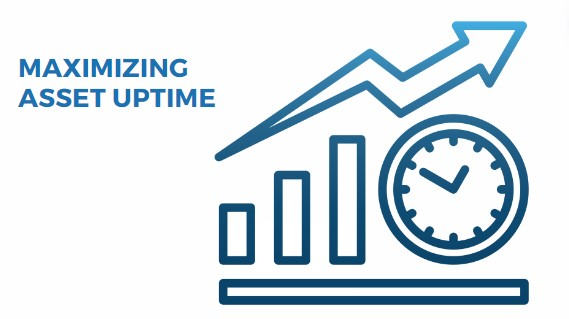
Also, relying solely on breakdown maintenance may overlook underlying equipment issues that could have been prevented through proactive maintenance strategies like corrective maintenance. Therefore, while breakdown maintenance is useful for addressing immediate concerns, a balanced approach that integrates various maintenance methodologies is often recommended for comprehensive asset management.
Planned vs. Unplanned Breakdown Maintenance
Planned Breakdown Maintenance
Planned breakdown maintenance plan involves strategically scheduling maintenance activities for faulty equipment. Despite the term "breakdown," this approach isn't entirely reactive. Instead, it anticipates potential failures based on historical data or equipment condition monitoring. Maintenance tasks are scheduled during planned downtime, such as weekends or scheduled shutdowns, to minimize disruption to regular operations.
Unplanned Breakdown Maintenance
Unplanned breakdown maintenance, on the other hand, occurs when equipment fails unexpectedly, leading to immediate repairs. Unlike planned breakdown maintenance, there is no anticipation or scheduling involved.
Maintenance teams respond reactively to the failure, often resulting in unplanned downtime and potential production losses. This type of maintenance highlights the importance of having contingency plans and corrective maintenance strategies in place to address unforeseen equipment failures effectively.
Types of Breakdown Maintenance
a. Run-to-Failure Maintenance -
Run-to-failure maintenance, often associated with non-critical equipment, is a strategy where no proactive maintenance is performed. Instead, equipment is operated until it breaks down, at which point repairs are conducted. While this approach may seem cost-effective in the short term, it can lead to unexpected downtime, production losses, and potentially higher repair costs if critical equipment is involved. Run-to-failure maintenance contrasts with preventive and predictive maintenance, which aim to identify and address issues before they escalate into failures.
b. Emergency Maintenance -
Emergency maintenance refers to urgent repairs conducted in response to critical equipment failures. Unlike planned maintenance activities, emergency maintenance disrupts regular operations and often requires immediate attention to minimize downtime.
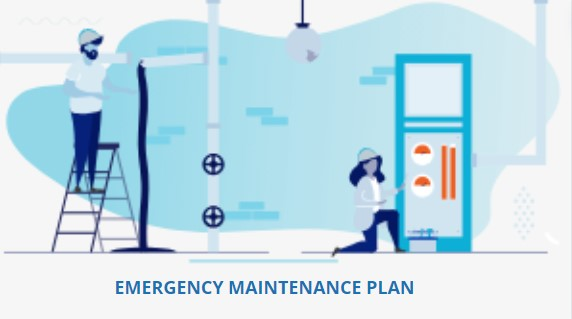
This reactive approach is costly and can strain resources, highlighting the importance of preventive maintenance in reducing the frequency of emergency interventions. By implementing proactive maintenance strategies, organizations can mitigate the need for emergency repairs and greatly reduce preventive maintenance costs over time.
How Common is Breakdown Maintenance?
Breakdown maintenance remains prevalent across industries, with many organizations still relying on reactive strategies to address equipment failures. However, there's a growing recognition of the limitations of this approach, particularly in critical sectors where downtime can have significant financial implications.
Industry Statistics and Trends
Industry statistics reveal a gradual shift towards preventive maintenance, driven by the desire to minimize downtime. This leads to greatly reduced maintenance costs, and improved overall operational efficiency. As technology advances and maintenance procedures evolve, organizations are increasingly adopting proactive strategies to mitigate the impact of breakdown maintenance on their operations.
The Role of CMMS Software
Introduction to CMMS Software
CMMS (Computerized Maintenance Management System) software serves as a comprehensive tool for managing maintenance activities, including preventive maintenance scheduling, work order management, and asset tracking.

How Can CMMS Software Help with Breakdown Maintenance?
CMMS software plays a crucial role in streamlining breakdown maintenance workflows by enabling quick response to equipment failures, tracking maintenance history, and facilitating proactive maintenance planning. By providing real-time insights into equipment health and maintenance needs, CMMS software helps organizations minimize downtime, reduce maintenance cost, and optimize overall maintenance efficiency.
Effective Breakdown Maintenance strategy
Proactive Maintenance Planning
By implementing proactive maintenance planning strategies, organizations can anticipate and address potential equipment failures before they occur, reducing the frequency of breakdown maintenance interventions and minimizing downtime.
Predictive Maintenance Implementation

Leveraging predictive maintenance technologies such as condition monitoring and predictive analytics enables organizations to identify early signs of equipment deterioration, allowing for timely maintenance interventions and preventing costly breakdowns. This proactive approach helps optimize maintenance schedules, extend equipment lifespan, and greatly reduce maintenance costs over time
Improving Maintenance Strategy Effectiveness
In enhancing maintenance strategy effectiveness, leveraging performance data proves invaluable. By meticulously analyzing equipment performance metrics, organizations can identify patterns, anticipate potential failures, and fine-tune maintenance schedules accordingly.
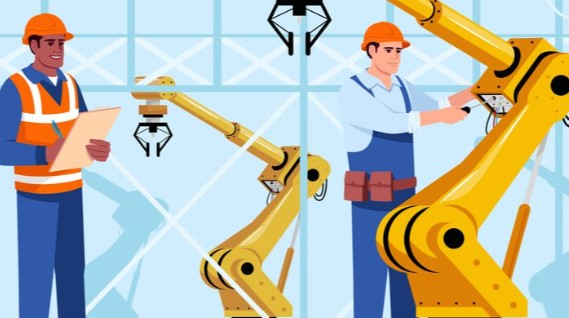
Integrating continuous improvement initiatives into maintenance practices also ensures ongoing refinement and optimization. Regular feedback loops and post-mortem analyses of maintenance activities enable teams to learn from past experiences, adapt to evolving needs, and implement best practices.
Utilizing Performance Data
Performance data serves as a cornerstone for informed decision-making in maintenance management. By harnessing data from equipment sensors, maintenance logs, and historical records, organizations gain insights into asset health, usage patterns, and failure modes.

This information empowers maintenance teams to prioritize critical equipment, schedule preventive and predictive maintenance tasks strategically, and allocate resources efficiently.
Continuous Improvement Initiatives
Continuous improvement initiatives drive evolution and innovation in maintenance strategies. Encouraging a culture of learning and adaptation fosters creativity and problem-solving skills among maintenance teams. By soliciting feedback, conducting root cause analyses, and implementing corrective actions, organizations can refine processes, optimize workflows, and enhance overall maintenance effectiveness.
Embracing a mindset of continuous improvement ensures that maintenance practices evolve alongside technological advancements, regulatory requirements, and organizational goals, ultimately leading to greater efficiency, reliability, and cost savings.
Conclusion
Breakdown maintenance plays a crucial role in addressing unforeseen equipment failures swiftly. While reactive in nature, it serves as a vital component of overall maintenance strategies, particularly for critical equipment where downtime can have significant repercussions. However, to minimize the reliance on breakdown maintenance and its associated costs, organizations should prioritize proactive approaches such as preventive and corrective maintenance.
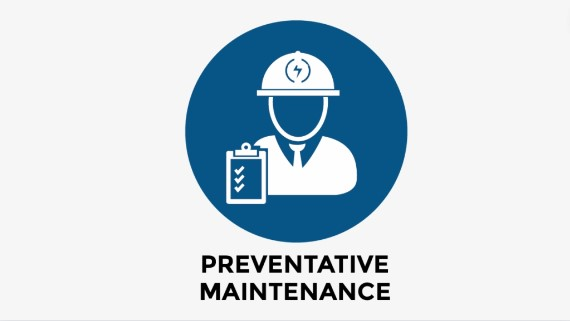
By implementing these strategies alongside effective inventory management procedures and leveraging CMMS software, organizations can greatly reduce maintenance costs while optimizing equipment performance and reliability. Continuous improvement initiatives, guided by performance data analysis, ensure that maintenance practices evolve to meet changing needs and industry standards. By embracing a holistic approach to maintenance management, organizations can mitigate the impact of breakdowns, enhance operational efficiency, and achieve long-term success in asset management.